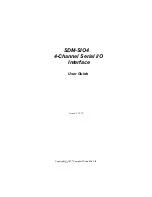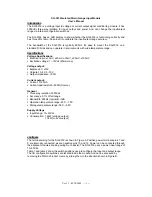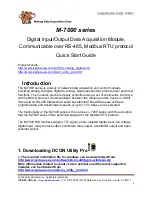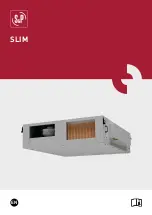
© Presby Environmental, Inc., Maine Design & Installation Manual, June 2019 Edition -24-
34.19 Trees and Shrubs
No trees or shrubs should be located within 10 ft. of the system perimeter to prevent roots from growing into and
damaging the system.
35.0 System Bacteria Rejuvenation and Expansion
This section covers procedures for bacteria rejuvenation and explains how to expand existing systems.
Note:
Presby Environmental, Inc. must be contacted for technical assistance prior to attempting rejuvenation
procedures. Only AES and ES are likely to be rejuvenated (not Simple-Septic (SS)).
35.1 Why would System Bacteria Rejuvenation be needed?
Bacteria rejuvenation is the return of bacteria to an aerobic state. Flooding, improper venting, alteration or improper
depth of soil material cover, use of incorrect sand, sudden use changes, introduction of chemicals or medicines, and
a variety of other conditions can contribute to converting bacteria in any system from an aerobic to an anaerobic
state. This conversion severely limits the bacteria’s ability to effectively treat effluent, as well as limiting liquids from
passing through. A unique feature of the AES or ES System (not SS) is its ability to be rejuvenated in place.
35.2 How to Rejuvenate Advanced Enviro-Septic and Enviro-Septic Bacteria
System bacteria are “rejuvenated” when they return to an aerobic state. By using the following procedure, this can be
accomplished in most AES and ES Systems without costly removal and replacement.
1. Contact Presby Environmental before attempting Rejuvenation for technical assistance.
2. Determine and rectify the problem(s) causing the bacteria conversion.
3. Drain the system by excavating one end of all the rows and removing the offset adapters.
4. If foreign matter has entered the system, flush the pipes.
5. Safeguard the open excavation.
6. Guarantee a passage of air through the system.
7. Allow all rows to dry for 72 hours minimum. The System Sand should return to its natural color.
8. Re-assemble the system to its original design configuration. As long as there is no physical damage to
the AES or ES components, the original components may be reused.
36.0 System Expansion or Repair (AES, ES, and SS)
Systems are easily expanded by adding equal lengths of pipe to each row of the original design or by adding
additional equal sections. All system expansions must comply with State and local regulations. Permits may be
required prior to system expansion. If ES or SS pipe is not readily available, AES pipe may be used to expand,
replace “in-kind”, or repair existing systems.
36.1 Reusable Components
AES and ES pipe or its components, are not biodegradable and may be reused. In cases of improper installation, it
may be possible to excavate, clean, and reinstall all system components.
37.0 Operation & Maintenance
37.1 Proper Use
AES and ES systems require minimal maintenance, provided the system is not subjected to abuse. An awareness of
proper use and routine maintenance will guarantee system longevity. We encourage all system owners and service
providers to obtain and review a copy of our Owner’s Manual, available from our website
www.PresbyEnvironmental.com or via mail upon request to (800) 473-5298 or [email protected].
37.2 System Abuse Conditions
The following conditions constitute system abuse:
a) Liquid in high volume (excessive number of occupants and use of water in a short period of time, leaking
fixtures, whirlpool tubs, hot tubs, water softening equipment or additional water discharging fixtures if not
specified in system design).
b) Solids in high volume (excessive number of occupants, paper products, personal hygiene products,
garbage disposals or water softening equipment if not specified in system design)
c) Antibiotic medicines in high concentrations
d) Cleaning products in high concentrations
e) Fertilizers or other caustic chemicals in any amount
f) Petroleum products in any amount
g) Latex and oil paints
h) System suffocation (compacted soils, barrier materials, etc.) without proper venting
Note: PEI and most regulatory agencies do not recommend the use of septic system additives.






































